The Pembroke
- 114 units available
- 1 bed • 2 bed
- Amenities
In unit laundry, Granite counters, Hardwood floors, Dishwasher, Pet friendly, 24hr maintenance + more

High indoor humidity usually comes from trapped moisture, poor airflow, or leaks letting outside air sneak in. But the fix isn't one-size-fits-all, as it depends on what’s causing it.
In this guide, you’ll learn:
Whether you’re trying to protect your stuff, improve air quality, or just stop your hair from frizzing, it starts here.
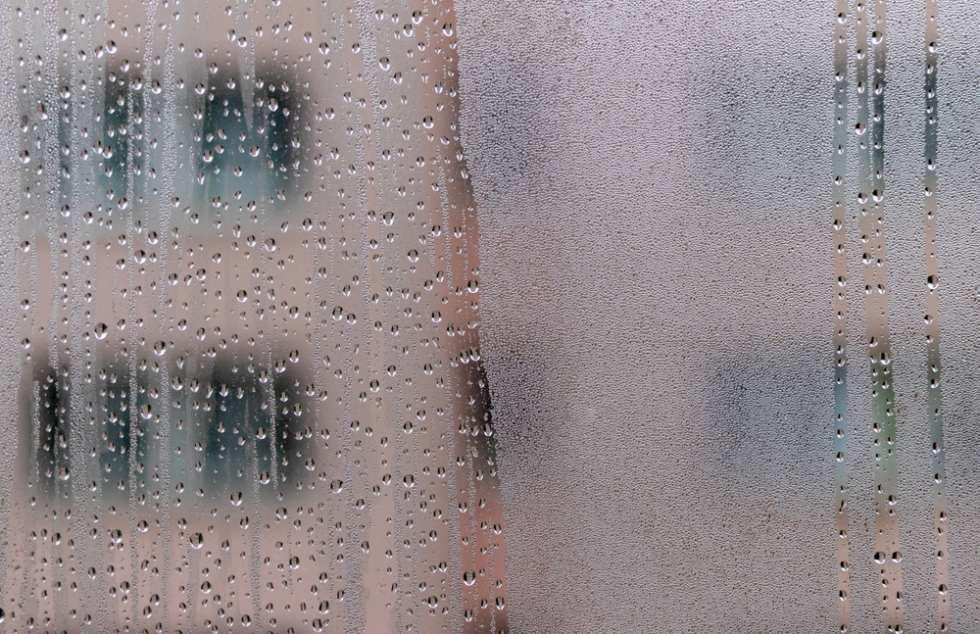
Your daily routine may be adding more water vapor than you think. Long showers, cooking without ventilation, air-drying clothes indoors, and even houseplants release moisture. Every person in the apartment breathes out up to a pint of water vapor per night.
Quick check: If you see fog on mirrors or windows after everyday activities, your humidity is likely building up from within.
Older buildings or poorly maintained units may have leaky roofs, cracked walls, or gaps around windows and doors. Moisture can also seep up from the foundation in lower-floor units or basement apartments, a phenomenon called rising damp.
Look for: Warped floors, bubbling paint, or walls that feel cold and damp.
Your air conditioner should remove both heat and humidity, but only if it’s working correctly.
Some of the typical problems include:
If it feels cool but clammy indoors, your AC might be the culprit.
Lack of bathroom exhaust fans, sealed windows, or rarely opened doors can trap humidity indoors. Cooking, showering, and even breathing in a sealed-up apartment can create a moisture buildup with nowhere to go.
In warm or coastal climates, outside humidity often seeps in, especially during summer. In winter, condensation can form from indoor heating clashing with cold windows.
The sweet spot for indoor humidity is between 30% and 50%. Go above or below that range, and your comfort and your apartment can take a hit.
Humidity above 50% creates a breeding ground for:
It can even lead to health issues, like sinus trouble, worsened asthma, and fatigue from poor indoor air quality.
While less common in humid regions, air that’s too dry (below 30–35%) can cause:
The key is not to overcorrect. It’s tempting to run a dehumidifier non-stop or seal your windows tight, but over-drying the air can create just as many problems.
Use a digital hygrometer to monitor your levels and aim for the 30–50% humidity zone. That’s where comfort, health, and apartment durability all align.

What it does: Pulls moisture out of the air, lowering relative humidity directly. Best use case: Small to medium rooms with persistent humidity, especially when AC or ventilation alone isn’t enough.
Caveats/tips:
Expert insight: Sites like Tom’s Guide point out that dehumidifiers often outperform AC in humidity removal when temperatures are moderate.
What it does: As the AC cools, it also condenses moisture from the air. Best use case: Hot, humid months when you also want cooling.
Caveats/tips:
What it does: Introduces fresh air and removes humid indoor air. Best use case: Bathrooms, kitchens, laundry rooms (areas where moisture is generated).
Caveats/tips:
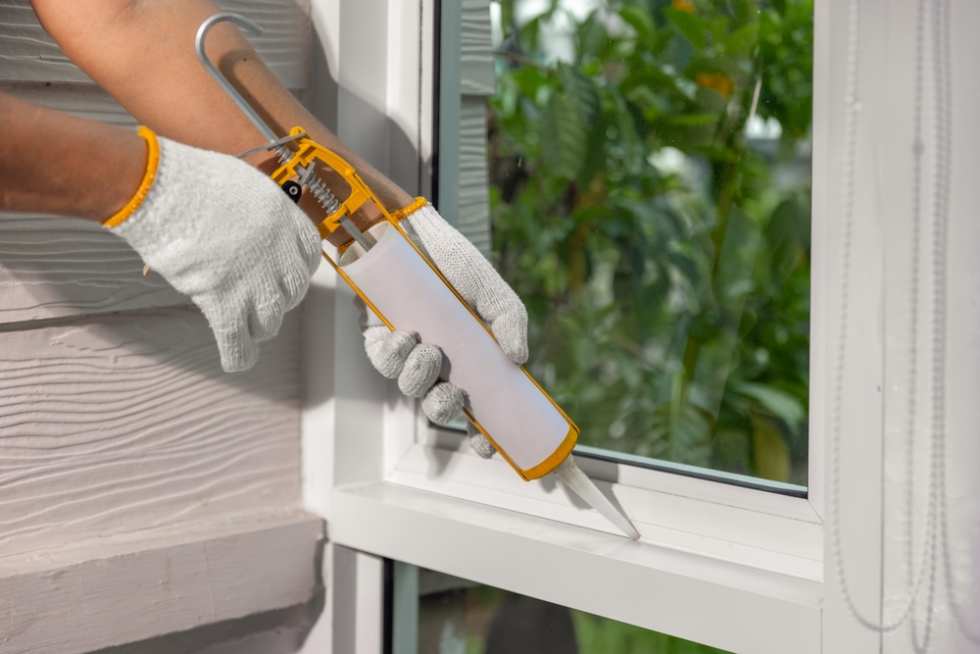
What it does: Prevents outside humidity from entering your space. Best use case: Older buildings, units with drafty windows/doors, obvious cracks.
Caveats/tips:
What it does: Prevents indoor moisture from laundry from entering the living space. Best use case: If you have access to a balcony, clothesline, or a properly vented dryer.
Caveats/tips:
What it does: Reduces the input of moisture to the indoor air. Best use case: Day‑to‑day habits in the kitchen, bathrooms, etc.
Caveats/tips:
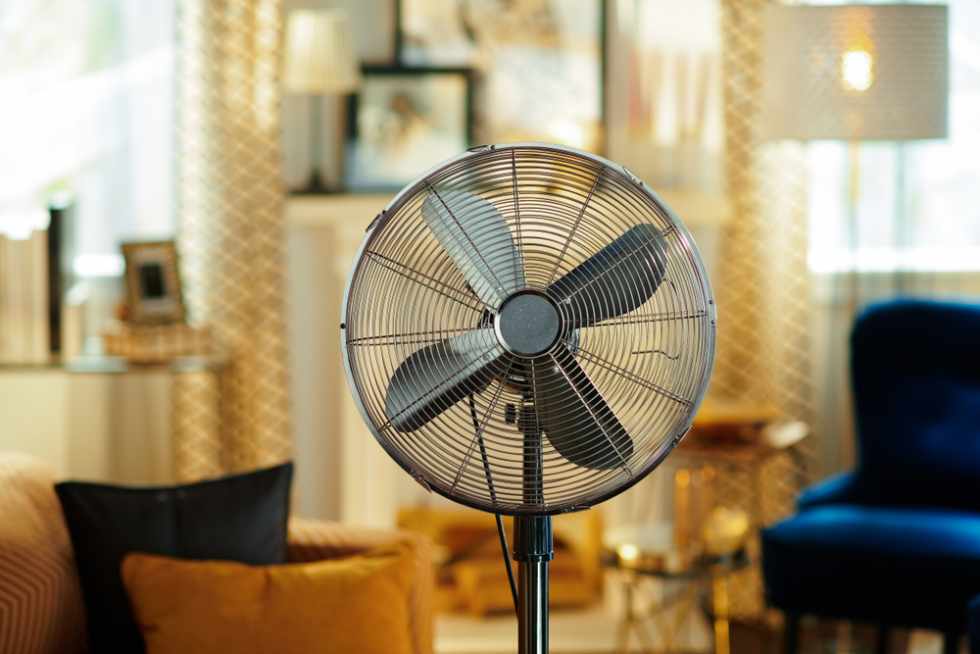
What it does: Helps even out humidity pockets and improves evaporation. Best use case: Rooms with damp corners or low airflow.
Caveats/tips:
What it does: Passively absorbs moisture in enclosed or small areas. Best use case: Closets, cabinets, bathrooms, corners.
Caveats/tips:
What it does: Reduces condensation by improving thermal barrier and sealing. Best use case: If you own the unit or landlord permits improvements.
Caveats/tips:
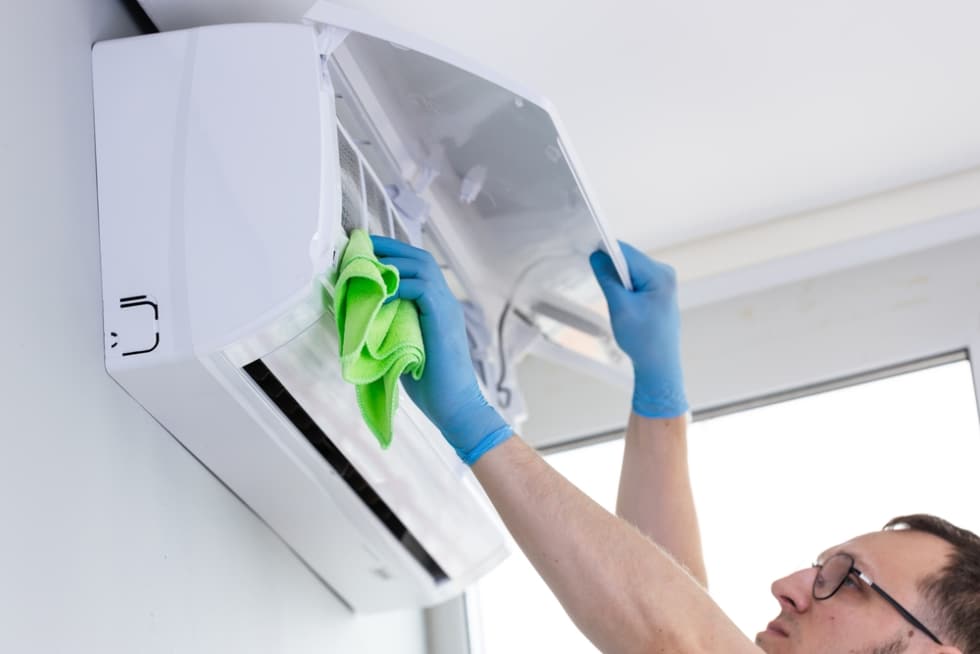
What it does: Keeps your HVAC system running efficiently and reduces moisture build-up in ducts. Best use case: For units on HVAC or central AC systems.
Caveats/tips:
What it does: Minimizes condensation caused by temperature swings. Best use case: In climates with big day/night temperature changes.
Caveats/tips:
What it does: Integrated dehumidification for multiple rooms via HVAC system. Best use case: Larger apartments or multi-zone units where localized dehumidifiers can’t cope.
Caveats/tips:
Not all fixes work for every apartment, and the best solution depends on why your unit is humid in the first place. Start by matching the fix to the root cause:
Many humidity fixes are low-cost, such as turning on fans, using lids, drying clothes differently. Start here. Then, move to higher-investment solutions like better windows or dehumidifiers if needed.
No single fix is magic. You’ll often see the best results from combining 2–3 approaches:
For example, try a portable dehumidifier + window caulking + ventilation boost to cover moisture input, retention, and removal.
Track results with a digital hygrometer to know what’s working, and when you’ve hit that ideal 30–50% humidity zone.
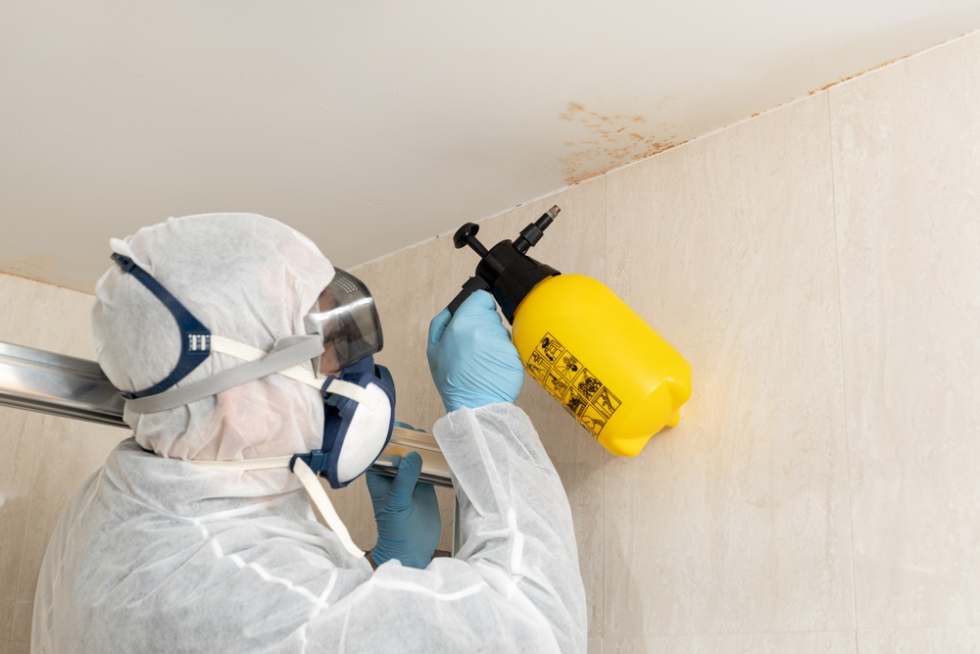
Sometimes, humidity is a symptom of a bigger problem.
In these cases, it’s time to call a licensed expert.
It’s always worth keeping these emergency numbers in your phone as well, especially when you need a fix in a pinch.
Managing indoor humidity can also affect your energy use and monthly utility bills.
Tip: If your goal is strictly moisture removal, a modern, Energy Star-rated dehumidifier will likely be the most cost-effective choice.
Humidity problems in your apartment can sneak up and stick around if you aren’t careful. Whether it’s caused by your daily routines, building leaks, or poor airflow, the key is identifying the root cause before you try to fix it.
Use a hygrometer to check your levels, then layer simple solutions, such as improving ventilation, sealing gaps, running a dehumidifier, and tweaking your AC settings. Sometimes it’s a combo of small changes that brings relief instead of just one big fix.
Track your progress, keep an eye out for damage, and don’t wait if signs point to a deeper issue.
If it has become too big an issue to deal with and maintenance isn’t responding to your requests, it might be time to find a new place. Use Apartment List’s quiz to find apartments with better AC, airflow, and insulation, so you can breathe easier, right from day one.
It’s common, but not ideal. Indoor humidity over 60% can lead to mold, discomfort, and health issues. Aim to stay within the 30–50% range.
It depends on the lease and local laws. If humidity is due to poor insulation, leaks, or malfunctioning HVAC, your landlord may be responsible for fixes. Dehumidifiers are typically renter-supplied unless stated otherwise.
Yes, especially in large numbers or when overwatered. Plants release moisture into the air through transpiration, which can raise indoor humidity slightly.
Yes. AC systems naturally pull moisture from the air as they cool. However, dirty coils or an oversized unit may be less effective. “Dry” mode can help reduce humidity without major cooling.
It varies. Start with 8–12 hours a day or until humidity drops below 50%. Use a hygrometer to track levels and adjust based on results.
Relative humidity is the percentage of moisture in the air compared to the max it can hold at a given temperature. Absolute humidity is the actual amount of water vapor in the air, regardless of temperature. Relative humidity is more relevant indoors.

In unit laundry, Granite counters, Hardwood floors, Dishwasher, Pet friendly, 24hr maintenance + more
In unit laundry, Granite counters, Pet friendly, Stainless steel, Walk in closets, Gym + more